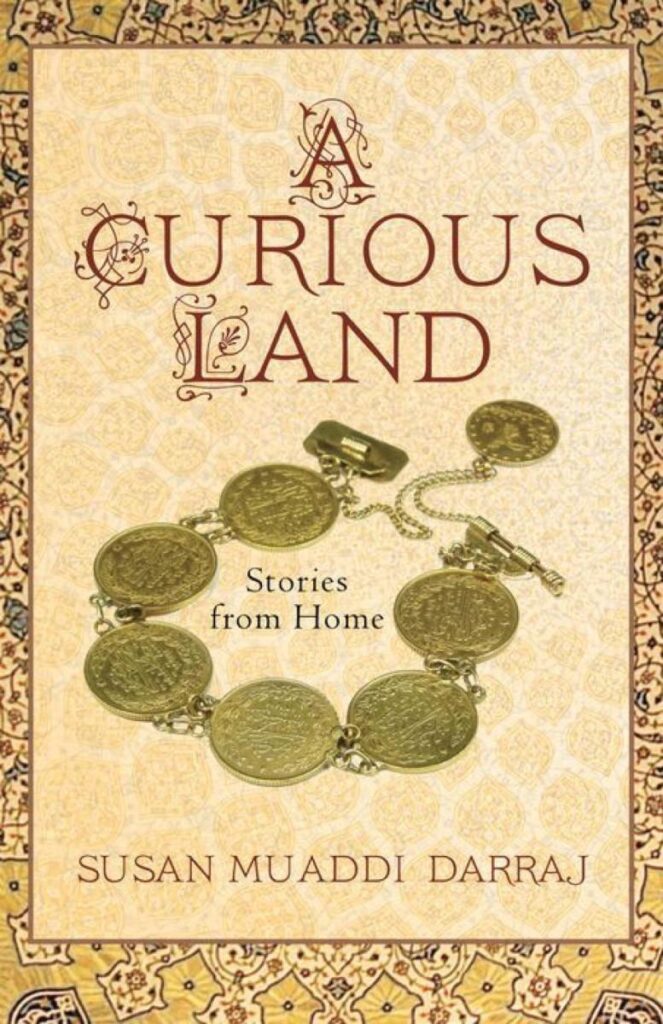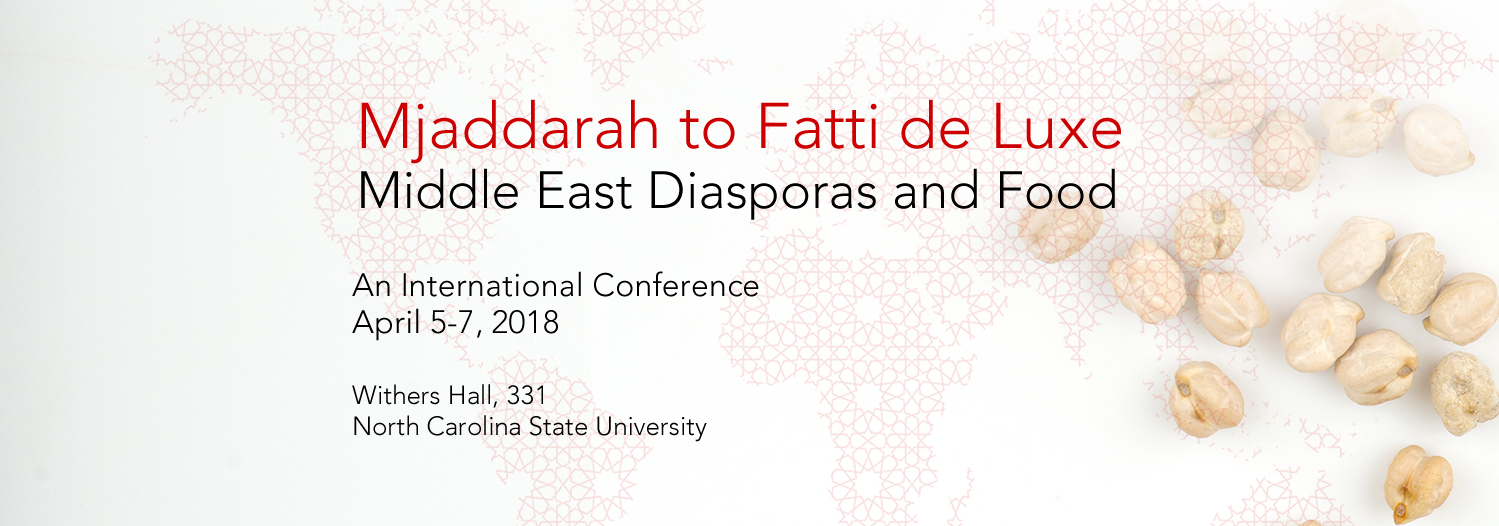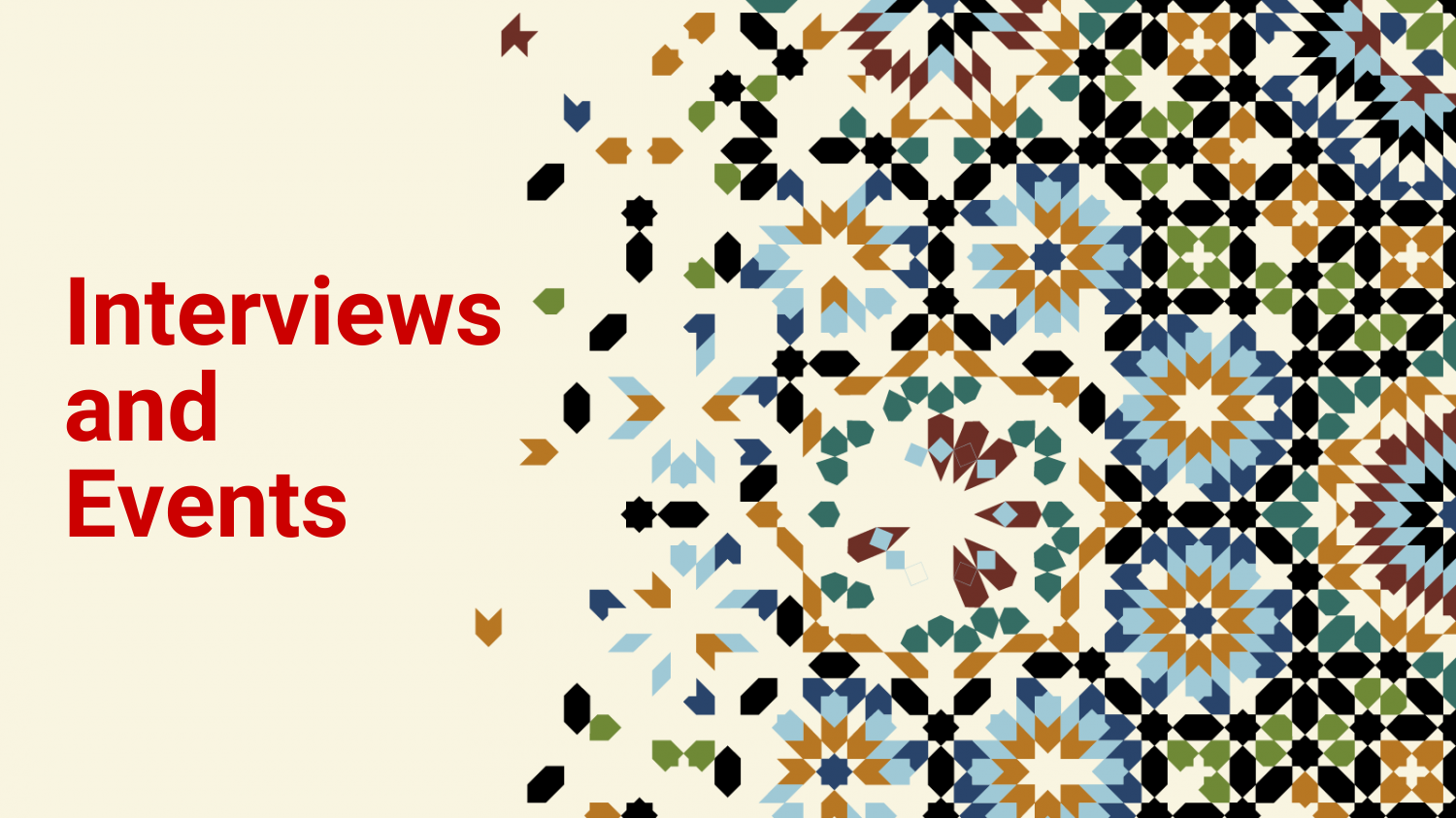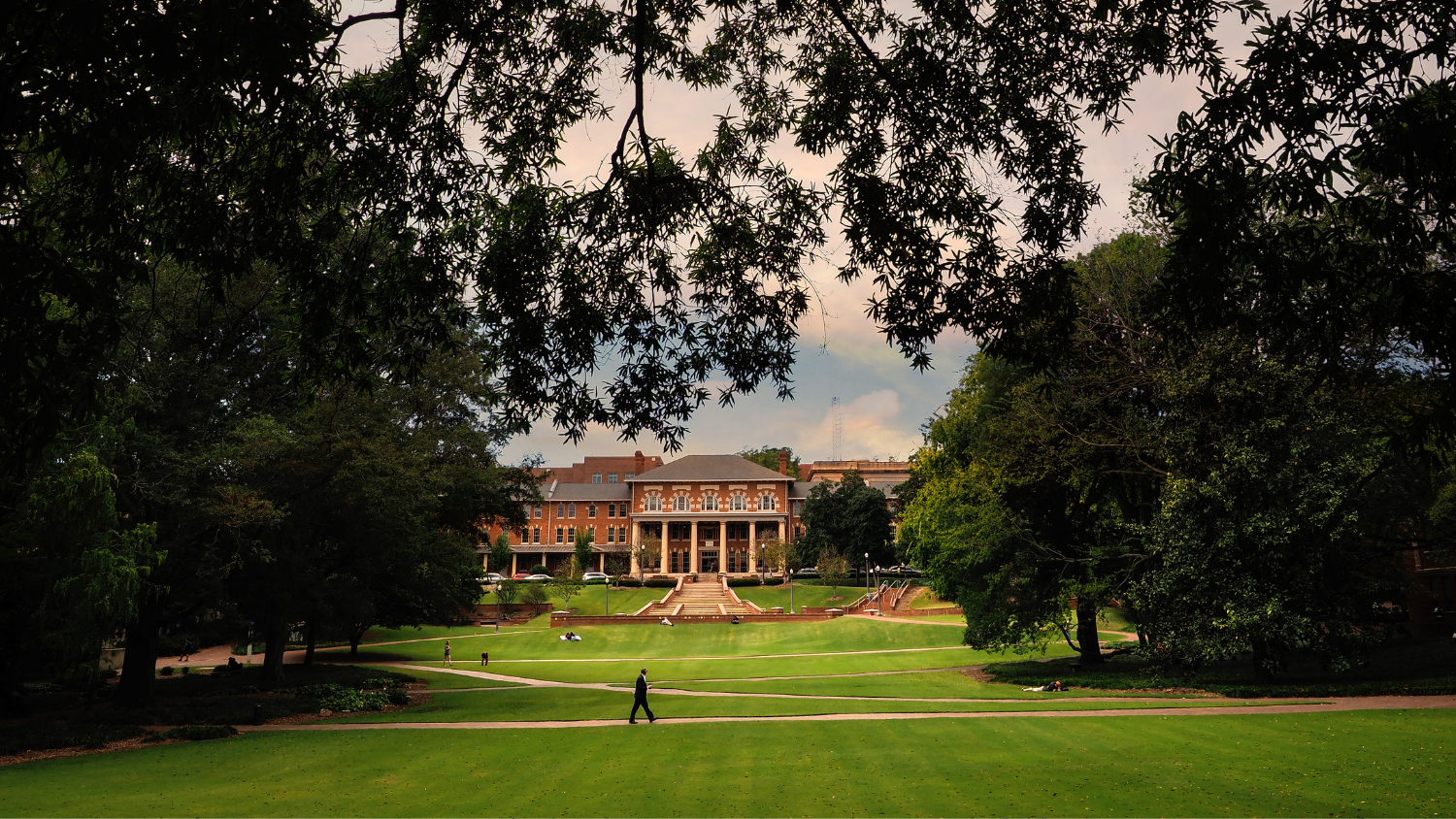Review of “A Curious Land: Stories from Home,” by Susan Muaddi Darraj
This book review is written by Joseph Geha, professor emeritus at Iowa State University and author of two books; Through and Through: Toledo Stories and Lebanese Blonde. Geha is the 2016 Khayrallah Prize winner for his novel, Lebanese Blonde. He has authored several book reviews including Rawi Hage’s, Cockroach and Rabih Alameddine’s, An Unnecessary Woman.
In time, after many generations inhabit a single portion of land—build homes there, give birth and bury their dead, tear down and rebuild––an earthen rise will form over the area. In the Middle East such a mound is known as a tel, a word that derives from the root for hill in both Hebrew and Arabic. Archeological digs reveal that the structures within a tel are often found to overlap, inter-twining the different ages and cultures that have lived on that one piece of ground. Similarly, Susan Muaddi Darraj’s prize-winning collection, A Curious Land (UMass. Press, 2015) reveals to us generations of people whose lives overlapped and inter-twined throughout nearly a century in the history of a single town on the West Bank named Tel al-Hilou, The Beautiful Hill.
It’s fitting that Muaddi Darraj subtitles her book Stories from Home, because home is at the very heart of this finely wrought collection. Within each narrative, the sense of home becomes the context in which the people of Tel al-Hilou define their individual struggles for love, dignity, freedom. But as the stories carry us from decade to decade of the last century, we see a growing threat to the sense of home. That threat is foreign occupation.
First the British, then the Israelis. The occupation touches everything, becoming so pervasive in the daily lives of the townspeople, that they begin to see in it their own annihilation. Salma, a character who appears prominently in a number of the stories, points out a hillside of encroaching settlements to explain why she has taken on the role of Tel al-Hilou’s self-appointed archivist:
Look at that…. Every year, since I’ve been a little girl, they add a new building…. They want to push us out. And if they do it, how will we remember what we lost?
Whether a story’s focus is on a pair of lovers stealing hurried kisses, or an old man defying long-standing cultural mores to prevent blood feud, the Occupation is always present, behind everything. In the curfews and checkpoints, in the impromptu searches and the endless waiting in line. It even forms the imagery of their language, as in “Rocky Soil” when a young suitor is rejected by the parents of his beloved:
(He) understood that this is what it had to be, and that knowledge was like a bulldozer forking down and pulling up his heart.
But nowhere does Muaddi Darraj present the occupation’s insidious omnipresence with greater irony than in the brilliantly conceived “Intifada, A Love Story.” One morning during the troubles of the late 1980’s a Palestinian family awakens to discover that four Israeli soldiers have set up camp on the roof of their house. Why? And for how long? They receive no answers. Only orders sent down to Jamil, the family’s teen-aged son, for sandwiches and fresh water. Day after day after day the soldiers remain up there, literally perched over their heads, a weight pressing down on them.
Now it felt like the room, the whole house didn’t belong to him anymore….What if they stayed up there, nested, made the rooftop and the house their base, and Jamil stayed locked in this house forever? He’d never finish high school, never get married, never have children.
Another major threat these stories address is the plight of the female within a male-oriented culture, which itself also can be seen as a kind of occupation. In the opening story, “The Journey Home,” Rabab, a young woman just coming of age observes, “Everything was easier when you were a man….The sun rose in the sky, it seemed, because it was a woman and men commanded her to shine.” It is 1916, and Rabab, one of a group of starving Bedouin refugees on the run from the approaching battle lines, is being forced into marriage as second wife to an abusive, much older man. She imagines herself as “prey, a rabbit to be hunted.” But then a wise voice intervenes. “Learn to observe things, to understand people,” her mother instructs her. This advice, like that given by so many mothers to their teen-aged daughters, is presented as both a rebuke and an encouragement: open your eyes! Wise up! And indeed Rabab does just that, learning there is power already within her, if she would only use it. Her escape to freedom is painful and life changing, but also self-affirming. It leaves her “astounded by her own power.”
Like the collection’s first story, its last is also a journey home. Adlah, an Arab American woman, returns to Tel al-Hilou as translator for a group of archaeologists. Like the Bedouin Rabab of the first story, she too faces a choice: where is home? Here, in the Occupied West Bank with the rich, dashing Rafah, who shares with her the same cultural roots to which she yearns to return? Or is it back in the States and the loving marriage to her American husband, Ken? What’s key to the story isn’t her final choice so much as the accompanying recognition that our sense of home, and the peace that comes with it, is already within us.
That realization, which resonates throughout the interwoven stories staged upon a single, troubled plot of earth, brings closure to this vibrant and powerfully imagined collection.
- Categories:




